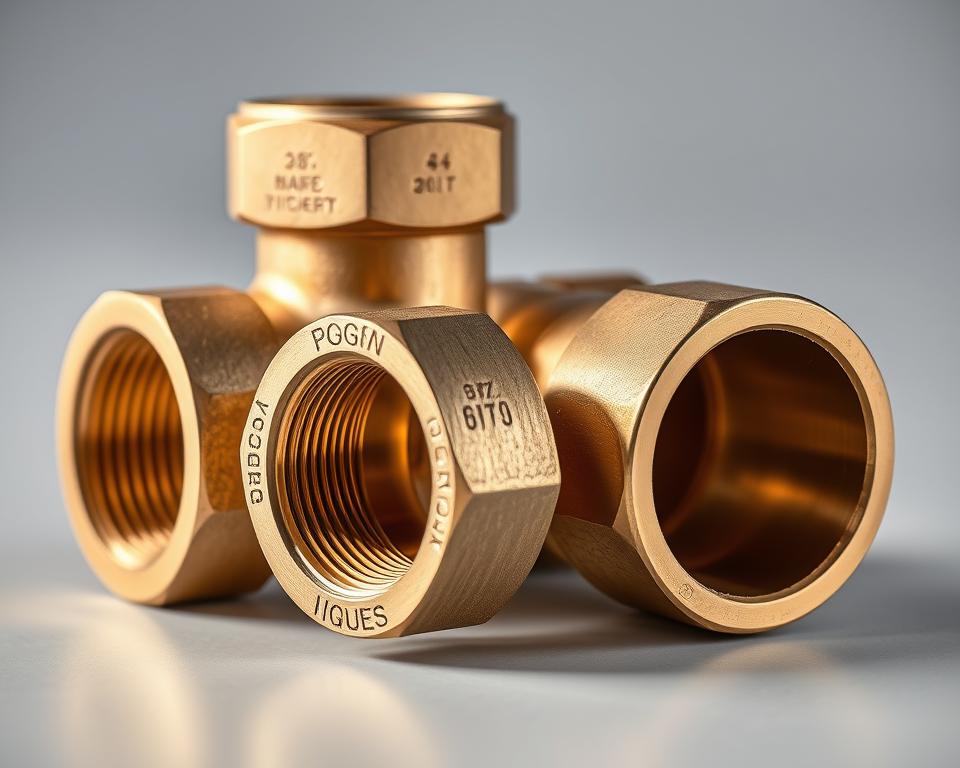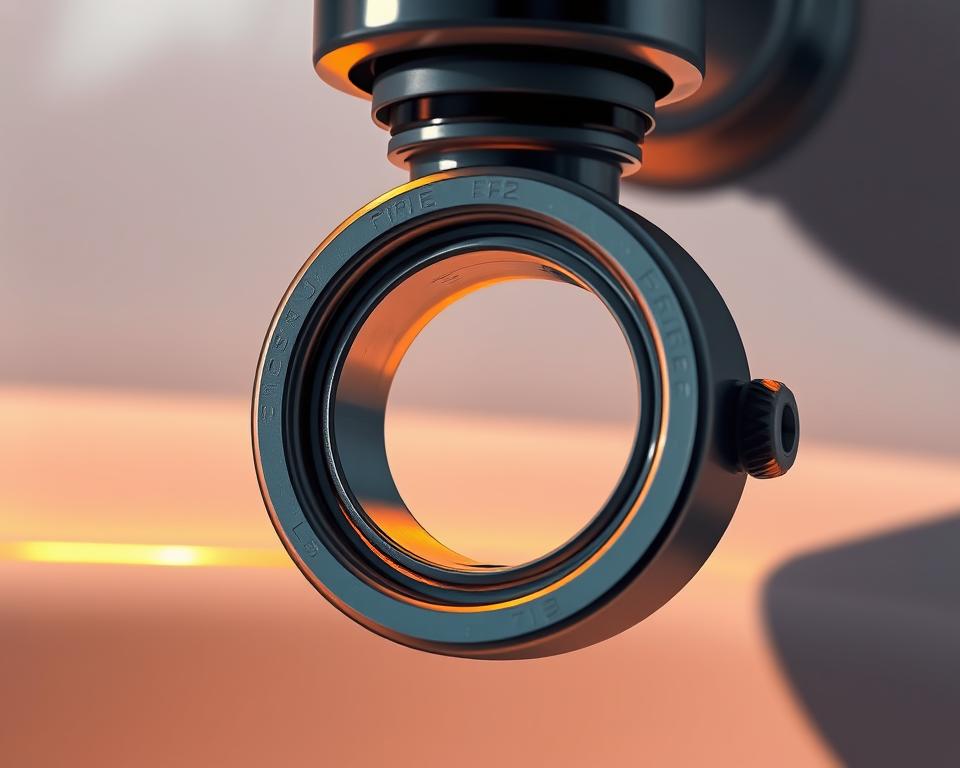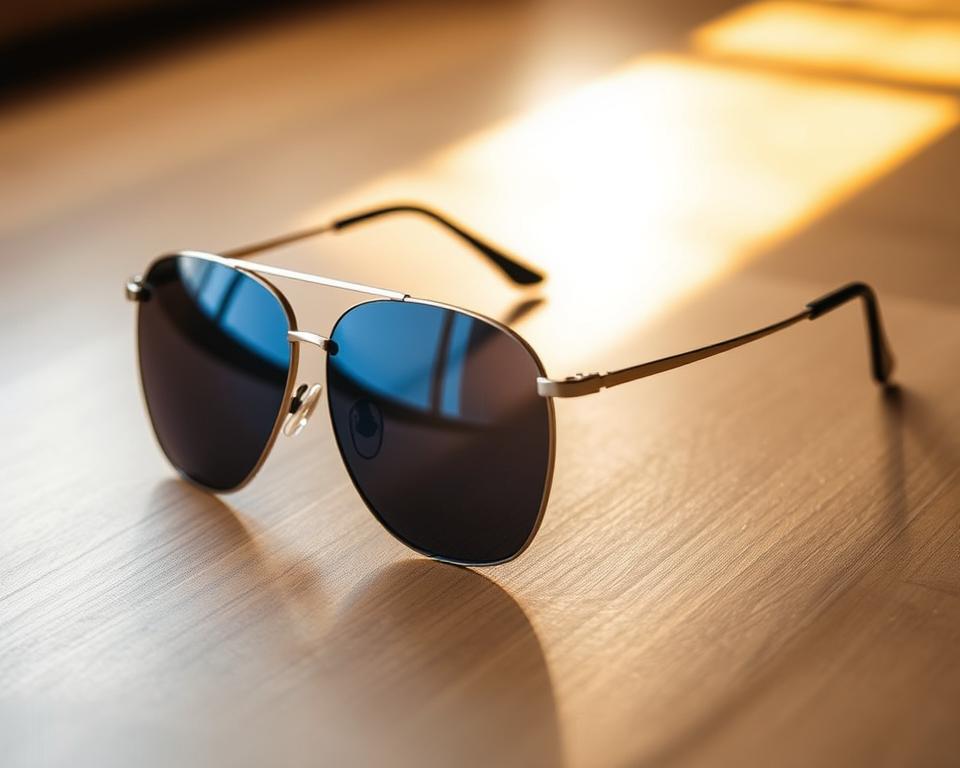Grasping Fiber Additional Coating Processes
Did you know that more than 90% of international internet traffic is based on fiber optics? This statistic highlights the importance of every element in fiber optic cable manufacturing, particularly the fiber secondary coating line. These arrangements are essential for ensuring the fiber optic cables’ strength and functionality.
This article will explore the intricacies of optical fiber secondary coating processes. We will examine their vital importance in protecting fiber optics. Moreover, we will examine how these systems improve cable durability and performance. This understanding is critical for those involved in fiber draw tower industry and production.
Overview of Optical Fiber Technology
Fiber optics has transformed communication, employing light waves over electronic signals. This technique ensures high-speed communications with minimal attenuation. At the center of this technology are the foundations of optical fiber communications. These basics are supported by a complex structure. It includes a center, encasing, covering, reinforcing strands, and a shielding cover. Each element is crucial for the technique’s effectiveness.
The technique’s adoption into telecoms has reshaped our information environment. It skillfully controls vast amounts of data, facilitating online, phone services, and television services. As a result, fiber technology not only boosts performance but also provides reliability globally.
What is Fiber Secondary Coating Line
A fiber auxiliary coating system is a collection of specialized equipment and operations. It adds protective layers to fiber strands after manufacturing. This auxiliary layering is crucial for the optical fibers’ resilience and functionality. It protects them from environmental and mechanical threats. The significance of coverings in maintaining fiber optics’ integrity is evident.
Explanation and Significance in Fiber Optic Production
The additional covering procedure is vital in optical fiber production. It consists of coating the optical strands with a polymer layer. This cover shields the fibers during installation and operation. It extends the durability of fibers by minimizing harm from bending, wearing, and contaminants.
Without these coverings, strands would be vulnerable to fracture and functional problems. This step is crucial for upholding the fiber’s resilience.
The Role of Layers in Protecting Fiber Strands
Coatings are key in preserving the optical clarity and physical strength of optics. They act as a defense against mechanical pressure and environmental conditions. The importance of coatings is clear; they improve the fiber’s resilience. This ensures easier deployment and a extended durability.
This attention to additional covering is critical for those in fiber optics. It’s a detail that significantly impacts the fiber’s effectiveness and durability.
Components of Fiber Secondary Coating Lines
The fiber secondary coating line is a intricate setup, including several essential components. These components are key for manufacturing top-notch products. They aid in understanding how a optical fiber auxiliary system operates and what it demands to function properly.
Primary Tools Summary
Primary tools like fiber pay-offs, gel dispensers, coating machines, junction units, and cooling units constitute the core of the secondary coating line equipment. Each piece of equipment is crucial for the coating process. For example, the polymer applicator liquefies the layering polymer, and the junction unit covers it uniformly around the strand. These parts must function seamlessly to provide consistent manufacturing and item reliability.
Materials for Auxiliary Covering
The choice of substances for layering is critical for obtaining the expected functionality. UV-set plastic materials are commonly preferred for their excellent protective qualities. These compounds shield the strand, increase its strength, and enhance total functionality. The proper blend of materials ensures the completed item adheres to sector norms and client demands.
Understanding the Secondary Coating Process
The additional layering procedure is vital in the production of fiber optics, delivering essential defense to the newly drawn fibers. This step includes the coating with defensive layers to boost the fiber strand’s strength and performance. The schedule of this operation is essential; it ensures ideal attachment, thus minimizing material loss and boosting operational effectiveness.
Producers utilize different covering methods, such as plastic coating and gel layering, to tailor certain layering traits and thicknesses. Each method brings distinct advantages, suited for diverse strand operations and needs. As the need for high-quality fiber optics grows, improving the secondary coating process is essential. It is vital for meeting regulatory standards and driving layering advancements.
Significance of the Draw Tower in Auxiliary Covering
The fiber strand extraction system is crucial in the fabrication of fiber strands. It extracts strands from initial shapes while applying protective coatings as they solidify. The quality of the drawing system is critical, influencing the layering’s success.
Operation of the Extraction Structure
The drawing system raises the temperature of the preform before pulling the strand at a managed rate. This procedure is essential for preserving the optic’s strength. As the strand comes out, layers are applied immediately for uniform protection against environmental and mechanical damage. The structure of the extraction system provides perfect layer addition timing and adhesion.
Connection Between Extraction Structure and Covering Standard
The drawing system’s caliber directly impacts the layering’s end quality. Irregularities in the extraction operation can result in uneven coating thickness, impacting the fiber strand’s effectiveness. Superior drawing systems eradicate these issues. A uniform coating configuration enhances physical strength, making the Optic fiber cable equipment more durable and functional in multiple settings.
Traits of Superior Auxiliary Coverings
Top-tier coverings are essential for the functionality and consistency of fiber optic systems. They must adhere to stringent physical and light transmission benchmarks to guarantee data transmission efficiency. This understanding helps fabricators in developing more reliable items.
Structural and Optical Quality Benchmarks
Secondary coatings need to demonstrate superior physical traits. They must endure physical strain and uphold functionality across different external factors. This involves adhering well to the glass core and stopping size changes. Additionally, they should boost visual transparency, ensuring high-speed data transfer with negligible attenuation.
Significance of Bonding and Durability Against Layer Separation
Bonding of the covering to the fiber’s center is crucial for the system’s integrity. Without firm bonding, the chance of layer separation increases, possibly leading to breakdowns. High-quality coatings are engineered to resist delamination, providing strength and reliability across different applications. This toughness not only extends the fiber optics’ lifespan but also enhances performance, underscoring the need for choosing top-notch covering substances.
Innovation in Auxiliary Covering Systems
The progression of auxiliary covering systems is driven by the demand for efficiency and top-notch output. In the fiber optic industry, the embracing of cutting-edge layering machinery is increasing. These improvements include immediate oversight mechanisms and enhanced extruder designs. Such systems enable manufacturers to uphold superior guidelines while simplifying manufacturing operations.
Innovations in Secondary Coating Line Equipment
Recent advancements in auxiliary covering systems have revolutionized production possibilities. New extruder systems now provide exact management over the covering operation. This causes better consistency and functionality in the end output. Automation and intelligent setup incorporation further enable faster production cycles with minimal manual input. This not only minimizes errors but also improves total productivity.
Comparison of Different Secondary Coating Line Technologies
Comparing multiple secondary layering methods is crucial. Modular systems shine for their flexibility and growth potential. They permit fabricators to respond to variable fabrication requirements without large-scale setup alterations. In opposition, traditional setups are recognized for their dependability and trusted functionality. The decision on method hinges on a firm’s particular requirements, financial constraints, and production goals.
Benefits of Auxiliary Covering Systems
Secondary coating lines offer multiple advantages to fabricators in the fiber optics market. They improve the manufacturing operation, resulting in greater cost efficiency and better quality outputs.
Economic Effectiveness in Manufacturing
Auxiliary covering systems are key to cutting manufacturing expenses. They cut down on wastage and streamline operations, resulting in substantial economic effectiveness. This effectiveness boosts economic gains, rendering it crucial for companies seeking to remain ahead.
Enhanced Output Standards and Longevity
Auxiliary covering systems also elevate product quality. The long-lasting layers coated through these lines improve the item strength of fiber optic cables. This leads to extended durability and reliability, providing better functionality and customer happiness.
Applications of Fiber Secondary Coating Lines
Fiber secondary coating lines are crucial across multiple fields, ensuring the reliability and functionality of optical fibers. These optics are vital in telecommunications, creating the backbone of fast online connectivity. They support efficient data transmission, bridging users worldwide.
In the medical field, these optics are essential for surgical instruments and testing machines. Their exactness and strength are critical for medical applications. The uses of optical fiber auxiliary covering also apply to space and defense sectors, where they enhance communication systems and monitoring devices.
Electronics for consumers reap advantages from the increased resilience of these optics. They support gadgets used in tough environments. The versatility of these optics permits cutting-edge products, making them crucial in today’s modern tech landscape.
Impact of Secondary Coating on Fiber Optic Performance
The secondary coating is crucial for improving fiber strand effectiveness, emphasizing tensile strength and light distortion. A carefully crafted covering can substantially lower small defects in fibers that may result in breakage under pressure.
Influence of Layers on Optic Resilience
The optic resilience of optical fibers is crucial for their consistency across various applications. Additional layers deliver a defensive cover that absorbs stress, reducing the risk of breakage. This protective layer guarantees that fibers maintain their physical strength under external pressures, guaranteeing steady effectiveness over time.
Minor Bending Effects and Their Relevance
Light distortion can distort light propagation within optical fibers, leading to data loss. Efficient auxiliary coverings minimize these light distortions, guaranteeing strands preserve their visual characteristics even in tough conditions. By lowering minor bending issues, manufacturers can ensure fiber optic cables offer superior effectiveness and resilience over time.
Market Trends and Innovations in Fiber Secondary Coating
The optical fiber auxiliary covering industry is witnessing significant shifts, propelled by the need for better performance and eco-friendliness. This evolution is driven by the rapid expansion of data transfer, increasing understanding of the significance of high-quality compounds and cutting-edge covering techniques. These developments underscore the need for embracing cutting-edge materials and approaches in the coating industry.
Emerging Technologies in Coating Processes
Progress in layering techniques have caused the development of novel polymer materials. These materials offer exceptional physical qualities and environmental resilience. Such advancements not only strengthen the longevity of fiber strands but also lessen the carbon footprint. Furthermore, enhanced manufacturing techniques ensure higher precision in application, causing steady item excellence.
Future Prospects for Secondary Coating Lines
The forecast for secondary layering processes is expected to feature the adoption of mechanization and intelligent tools. These innovations are projected to optimize fabrication, thereby lowering expenses and enhancing product quality. As the sector develops, the focus will stay on innovation and discovery. This will drive further innovations focused on satisfying the need for fast information exchange and sustainability.
Challenges Faced in Fiber Optic Coating
The manufacturing of fiber optic coatings experiences various hurdles that influence production efficiency and product quality. A major issue is the obstacle in achieving even layer dimensions across various fiber types. Such inconsistencies can lead to layering issues, impacting the fiber strands’ total effectiveness and consistency.
Maintaining firm attachment between the covering and the optic is another critical challenge. Poor adhesion can lead to the coating to fail early, at the time of coating or subsequently. Furthermore, impurities in the layering operation pose significant manufacturing hurdles. These contaminants can undermine the coating’s integrity and reliability. Manufacturers must manage complying with tough eco-rules with innovations in production to surmount these obstacles.
Conquering these obstacles is crucial to fulfill the rising sector expectations. It lays the foundation for improved durability and reliability in fiber strand operations.
Overview of Secondary Layering Processes
The overview of fiber secondary coating lines emphasizes their vital function in creating dependable and superior optical fiber strands. These setups not only enhance the physical strength and light transmission of fiber strands but also protect them from external dangers. This ensures the fiber strands stay durable over their lifespan.
Improvements in systems have taken the benefits of FTTH cable production line to greater levels. They enhance production efficiency, reduce excess, and result in better output standards. The innovations facilitate better adhesion and durability against problems such as layer separation, which greatly influences performance.
Understanding the importance of fiber secondary coating lines supports players in the fiber optics market in choosing wisely. This knowledge results in better output standards and manufacturing productivity. Such developments are essential in today’s competitive market.
Common Inquiries
Definition of a fiber secondary coating line?
A fiber auxiliary covering system is a setup designed to apply protective layers to optical fibers. This process takes place post-extraction, ensuring the fibers’ durability and performance.
Why is the secondary coating process important in fiber optic manufacturing?
The secondary coating process is essential. It defends the optics from mechanical and environmental risks. This increases their lifespan and dependability, while preserving their light transmission qualities.
What are the main components of a fiber secondary coating line?
Essential parts comprise optical fiber feeders, gel dispensers, extruders, connection points, and temperature control systems. These parts work together efficiently to add shielding coverings to fiber optics.
Typical compounds in secondary layering?
Frequently used substances used include UV-cured acrylate polymers. These deliver a defensive cover against damage from bending, abrasion, and contaminants.
How does the fiber draw tower contribute to the coating process?
The fiber strand extraction system manages the extraction of optics from starting material and adds shielding layers as they solidify. This substantially affects the layering standard.
What mechanical and optical performance standards do secondary coatings need to meet?
Additional layers must adhere well to the glass core, avoid coating detachment, and endure mechanical pressure. This enhances the tensile strength and light transmission of the fiber optics.
Innovative techniques in auxiliary covering systems?
Innovative techniques include cutting-edge coating machines and live tracking for ensuring standards. These innovations enhance coating performance and fabrication effectiveness.
Perks of secondary layering processes for fabricators?
Secondary coating lines lead to financial savings in fabrication, improved product quality, reduced material waste, and increased durability and performance of fiber optic cables.
Uses of secondary layering processes in different fields?
These systems are applied in telecoms, healthcare, space exploration, and user-focused devices. They ensure durable optics for fast online connectivity and information hubs.
Influence of secondary layering on optic resilience?
Additional layers shield small defects and reduce light distortion. This provides the fiber strands preserve their visual properties and operate steadily under multiple settings.
What are the current challenges faced in fiber optic coating manufacturing?
Fabricators experience hurdles like achieving even layer dimensions, ensuring proper adhesion, preventing contaminants, and meeting environmental standards while advancing technology.
Future advancements in secondary layering sector?
The market is anticipated to witness greater mechanization, smart technology integration, and advancements in polymer materials. These will enhance environmental sustainability and coating effectiveness.



